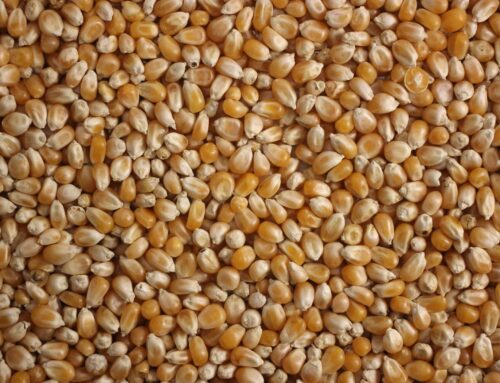Labor Day has passed, meaning Congress is set for a (short) return to Washington. With just 13 legislative days scheduled before the Fiscal Year’s end, time is precious. Lobbyists representing farm sector special interests are working overtime attempting to jam a farm bill through. But with zero appropriations bills adopted and a myriad of other programs set to expire, Congress has bigger fish to fry. Lawmakers should ignore the farm bill chicken littles and put a budget-busting 2024 farm bill to pasture.
The farm sector is humming. USDA’s Economic Research Service just released its projections, including an estimated $140 billion net farm income this year. That would be 15.2 percent above the 20-year average (inflation-adjusted). Gross cash farm income, which only looks at cash receipts and costs and ignores harder to calculate and easier to manipulate numbers such as depreciation of assets, is anticipated to be $154.1 billion, 6.2 percent above the 20-year average. Prices of seed and fertilizer are falling, equity is up, land values continue to rise, and despite higher interest rates, debt-to-asset ratios are falling. In short, the sector is doing just fine.
Farm lobbyists have responded by continuing to state that the sky is falling. The American Farm Bureau claims farmers have lost a quarter of their income in two years, while House Agriculture Committee Republican social media feeds are a stream of constant doom. And farmers are an increasing focus on the campaign trail.
But the problem with these prognostications is they all center on one reference point – income from 2022. Calendar year 2022 just so happens to be a year of record profitability in the agriculture sector. Roaring pent-up post-Covid demand, favorable market conditions, and continued Covid and natural disaster subsidies created a perfect profit storm. And 2022 was just the best of one of the greatest five year runs for agriculture, where sector-wide profitability was consistently above average. A point even the Secretary of Agriculture makes. So, of course prices and incomes will moderate from record highs. Perhaps a disappointment for some folks, but not an anomaly, and by no credible definition a disaster.
The 2024 Farm Bill is a solution in search of a problem. Passed every five or six years, farm bills are designed for the future, not the present. The version House Republicans passed out of committee before Memorial Day aims to lock taxpayers into propping up 2022-era farm profits, regardless of economic reality.
H.R. 8467, The Farm, Food and National Security Act of 2024 carries a price tag of $1.3 trillion—50 percent higher than the 2018 bill and likely an underestimate. The centerpiece is an increase in government-guaranteed minimum prices for select commodity crops (like cotton, peanuts, and rice), which the CBO projects would add $46 billion to crop-specific subsidy programs. Looser rules on adding acres to payment programs, increases in annual payment limits, and new loopholes allowing “farmers” who never set foot on a farm to qualify would drive costs even higher.
Farm bill boosters claim to offset these costs by restricting the Secretary of Agriculture from making additional payments using his CCC Charter Act authority. However, the CBO has called this language vague and likely unenforceable, rejecting the committee’s $53 billion claim of “savings” determining instead the restriction saves at most $3.6 billion and projecting an increase in the deficit by $33 billion. Throw in a provision slashing nutrition benefits by $30 billion and redirecting climate-focused conservation spending elsewhere, and the House farm bill stands zero chance on the House Floor.
Of course it’s not all roses everywhere. Drought is a threat in much of the country. Market volatility is a real thing. And in a sector as diverse as agriculture with nearly two million operations spanning the continent and producing everything from almonds to oysters, economic experiences will vary.
But farm businesses have a generous safety net for those in actual need. Federal crop insurance is permanently authorized and is set to pay $19 billion in claims this year. More than $6 billion in “emergency” aid is in the pipeline for natural disasters. And if there is a legitimate unmet need, Congress can pass a supplemental appropriations bill, as it has for agriculture for seven straight years.
Congress has a lot on its September to-do list with little time to do it. Adopting a budget-busting, poorly focused farm bill is not a priority. The 2024 farm bill should be left to wither on the vine and the 119th Congress and a new administration should start fresh.










